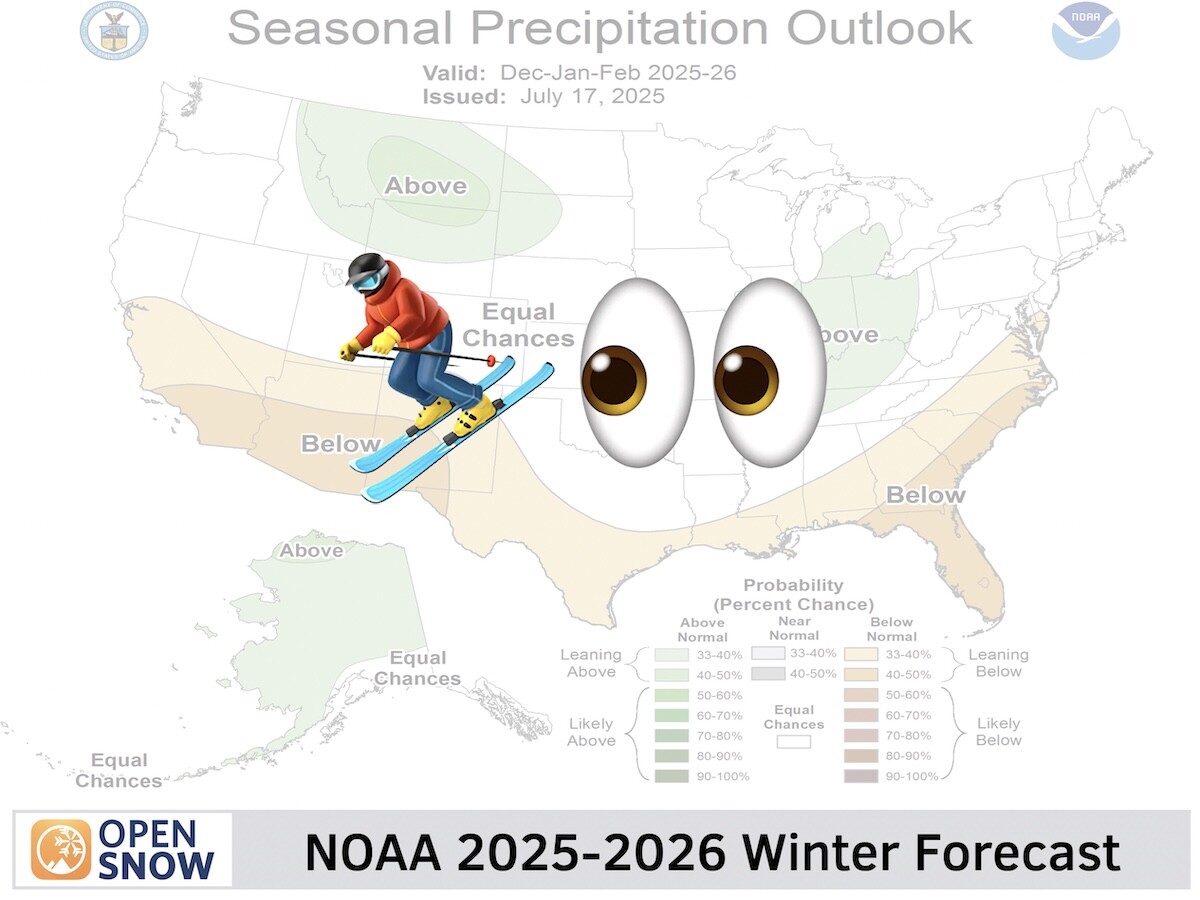News

By Zach Butler, Meteorologist Posted 1 year ago July 16, 2024
Tropical Cyclones, Explained

Tropical cyclones are rotating, organized systems of clouds and thunderstorms that originate over warm tropical or subtropical waters and have closed low-level circulation. Hurricanes, typhoons, and cyclones are types of tropical cyclones that form in the tropics. They are some of the world's most powerful and impactful storms, causing life-threatening conditions if you are in their path.
Let's go over how tropical cyclones form, the metrics/scales/names used to describe them, the threats with tropical cyclones, and where they occur.
Hurricanes, typhoons, and cyclones are weather phenomena commonly referred to as tropical cyclones. The names for each are defined by where they occur.
- Hurricanes are defined as occurring in the North Atlantic Ocean and the Northeast Pacific Ocean.
- Typhoons are defined as occurring in the Northwest Pacific Ocean.
- Cyclones are defined as occurring in the South Atlantic Ocean, the South Pacific Ocean, and the Indian Ocean.
- The name, tropical cyclone, is used regardless of the strength of the wind associated with the weather system.

How They Form and Develop
Tropical cyclones start from low-pressure systems or organized groups of thunderstorms. In the Atlantic Ocean, these often form off of Africa and are called African easterly waves, which move west and then can develop into hurricanes.

Once a low-pressure system or group of thunderstorms moves over warm ocean waters, they can rotate and form a tropical cyclone. Tropical cyclones form and develop because of two main causes: warm ocean temperatures and low wind shear.
Ocean or sea surface temperatures (SSTs) must be above 25 degrees Celcius for tropical cyclones to form. Tropical cyclones can move over cooler SSTs but will weaken as they do so. Warmer ocean temperatures cause more evaporation over ocean waters and allow the atmosphere to hold more moisture. This helps tropical cyclones quickly grow bigger and stronger.

Wind shear is how the wind changes speed and direction with height. Low wind shear is when there is little change in wind speed and direction with height, which is favorable for tropical cyclone's development and strengthening. High wind shear causes movement in the atmosphere, which disrupts the uniform circulation needed to form tropical cyclones.
Low wind shear alone does not create tropical cyclones, it only enhances and allows the storms to develop and strengthen.

Metrics, Scales, & Names
The Saffir-Simpson Hurricane Wind Scale is a 1 to 5 rating based only on a hurricane's maximum sustained wind speed. This scale does not consider other potentially deadly hazards such as storm surges, rainfall, flooding, and tornadoes.
- Category 1 -> 74-95 mph, 64-82 kt, 119-153 km/h
- Category 2 -> 96-110 mph, 83-95 kt, 154-177 km/h
- Category 3 -> 111-129 mph, 96-112 kt, 178-208 km/h
- Category 4 -> 130-156 mph, 113-136 kt, 209-251 km/h
- Category 5 -> 157 mph or higher, 137 kt or higher, 252 km/h or higher
These categories are primarily used for hurricanes but can also be applied to typhoons and cyclones. A typhoon is rated if the sustained winds are greater than 74 mph, 64 kt, or 119 km/h. A cyclone is rated if the winds are greater than 39 mph, 34 kt, 62 km/h.
Government agencies around the world are responsible for naming tropical cyclones. The National Weather Service is responsible for naming and categorizing hurricanes, the Japan Meteorological Agency for typhoons, and the India Meteorological Department for cyclones.
A metric used to describe the energy produced by a tropical cyclone season is the Accumulated Cyclone Energy (ACE) index. ACE refers to the collective strength, duration, and energy of tropical cyclones during a season. ACE accumulates throughout the season as tropical cyclones develop and dissipate.
In the North Atlantic Ocean, the 1991-2020 mean value of the ACE index is 122.1 and the median value is 125.5. A longer-term average from 1991-2020 has a median ACE of 96.7. The last two decades have seen more active tropical cyclone activity and higher ACE indexes.
Learn More → Historical Tropical Cyclone and ACE Statistics
The World Meteorological Organization (WMO) determines the list of names for tropical cyclones. The WMO works with the five tropical cyclone region centers to create the designated list of names for cyclones, hurricanes, and typhoons.
- The selection of names is based on their familiarity with the people in each region, aiming to aid in the understanding and remembrance of tropical cyclones.
- The naming procedures can vary, with some regions using alphabetical order and others using the alphabetical order of country names.
- Tropical cyclones are not named after individuals.
A name is retired (i.e. Hurricane Katrina) if a storm is so deadly or costly that the future use of its name on a different storm would be inappropriate for obvious reasons of sensitivity.
Learn More → Tropical Storm Naming History and Retired Names
Threats with Tropical Cyclones
Tropical cyclones bring a variety of threats including storm surge, severe weather, and heavy rainfall.
Storm surge is the most damaging and hazardous effect of a tropical cyclone because it covers a large area with no easy escape unless you prepare ahead of time. Tropical cyclones push water from the ocean onto shore and cause the sea level to rise (similar in mechanism to a high tide).
Storm surges rise much higher than high tides and can rise anywhere from 1-12+ feet! The storm surge rise depends on factors such as storm intensity, forward speed, size (radius of maximum winds), angle of approach to the coast, and the shape and characteristics of the coastline. Storm surges can be even higher if they combine with a high tide, called a storm tide.
Below is a look at the storm surge impacts over Florida in an example of category 2 (left) and category 3 (right) hurricane. Notice the higher storm surge with the category 3 hurricane.

Destructive winds are other threats associated with tropical cyclones. Winds are strongest near the center of the tropical cyclone and in outer rain band convective storms. Winds will be strongest on the coast and weaken inland as the storm does so too.
Tornadoes often occur once tropical cyclones make landfall because of increased wind shear. Increased wind shear causes tropical cyclones to weaken but can also cause tornadoes. Tornadoes form because of increased wind speed and direction changes with height. This creates a spin in the atmosphere, which allows tornadoes to develop.
Hail is not common with tropical cyclones. Tropical cyclones have shallow thunderstorms, while hail needs large and tall thunderstorms to develop.
Heavy rain and flooding is another major threat caused by tropical cyclones. Tropical cyclones can bring tremendous rainfall due to their high amounts of precipitable water. Tropical cyclones gather moisture from the warm ocean waters they form over, contributing to rainfall totals.
Tropical cyclone strength is not necessarily correlated to rainfall, but stronger storms are more likely to hold more moisture. The speed at which the tropical cyclone moves has the greatest impact on the amount of rain due to the time it takes for the storm to move over an area.
Additionally, once a tropical cyclone loses its strength, it can still hold a tremendous amount of moisture bringing heavy rain far from where the storm directly impacted. Below is a look at Hurricane Frances from September 3-11, 2004 bringing heavy rain throughout the Eastern US.

Tropical Cyclones Around the World
Tropical cyclones occur around the world where the SSTs are warm enough and there is enough moisture for the storms to develop and grow. The most common areas for tropical cyclones are in the North Atlantic Ocean (hurricanes) and the Northwest Pacific Ocean (typhoons).
Another common area where tropical cyclones occur is the Northeast Pacific Ocean. Hurricanes in this area often stay over the ocean but can affect the west coast of Mexico and in rare occurrences affect Hawaii and California.
Tropical cyclones have even affected South America and Africa in rare occurrences. Tropical cyclones will lose their strength once traveling to higher latitudes, but still have tropical characteristics (gusty winds and low-level circulation) and have been reported in Canada, Russia, and Europe!

Questions? Send an email to [email protected] and we'll respond within 24 hours. You can also visit our Support Center to view frequently asked questions and feature guides.
Zach Butler
About The Author




